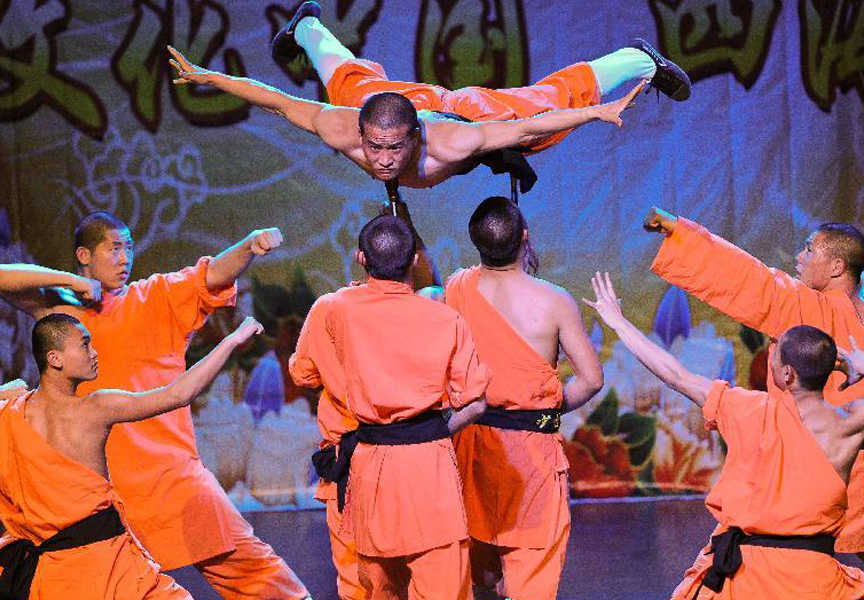Random Free Articles
- The Horse Stance in Shaolin Kung Fu
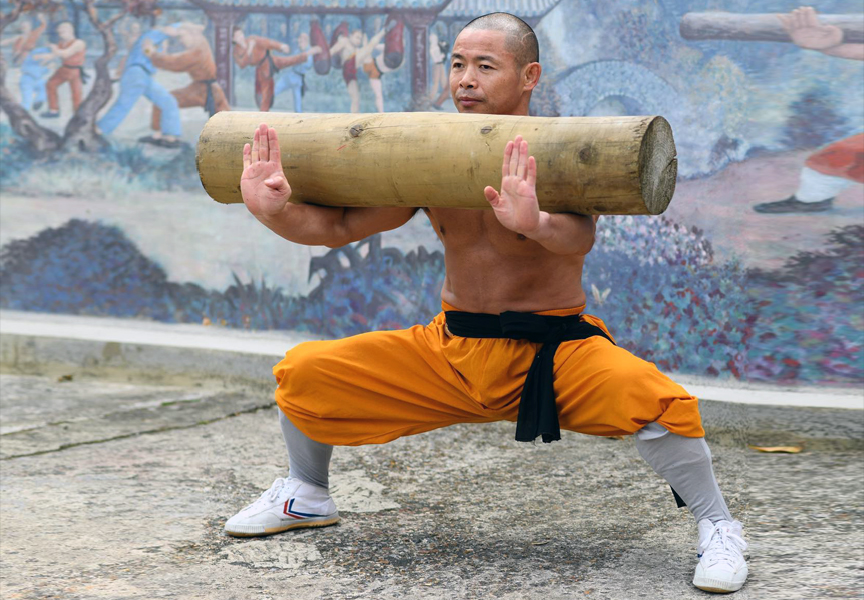
Shaolin Kung Fu, with its roots in ancient Chinese martial arts, is renowned for its diverse techniques and holistic approach to physical and mental well-being. At the heart of Shaolin training lies the Horse Stance, known as Mabu - [Chin.: mǎ bù 马步] in Chinese. This fundamental stance serves as the cornerstone of many martial arts disciplines, providing practitioners with a solid foundation for strength, balance, and internal energy…
- The Role of Belts in Kung Fu

Kung Fu, a traditional Chinese martial art, is not only a physical discipline but also a way of life that encompasses philosophy, self-discipline, and spiritual development. Within the realm of Kung Fu, belts play a significant role in symbolizing a practitioner's level of skill, dedication, and understanding of the art. In this article, we will explore the history, meaning, and importance of belts in Kung Fu. Historical Context The…
- Concept of Family in Chinese Traditional Martial Arts
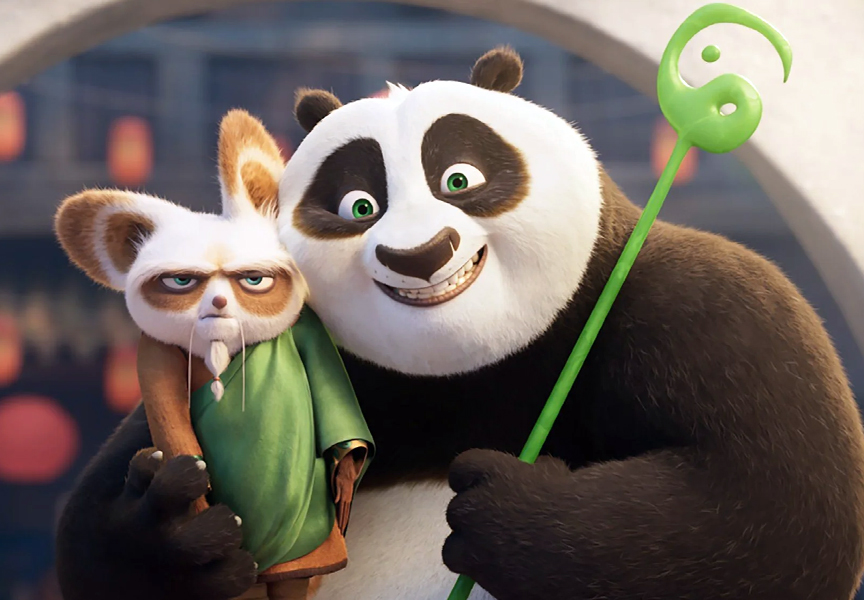
In the realm of Chinese traditional martial arts, the concept of family extends far beyond mere blood relations. It embodies a profound philosophy that transcends physical combat, emphasizing values such as loyalty, respect, and harmony. Rooted in ancient traditions and wisdom, the notion of family in martial arts serves as a cornerstone for personal development, community cohesion, and cultural preservation. At the heart of Chinese martial…
- Martial Arts Aren’t for Everyone
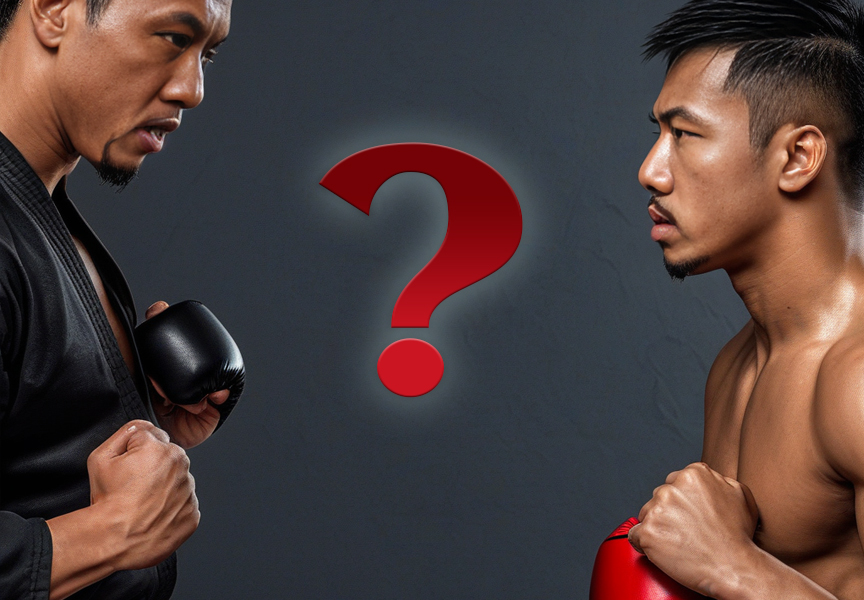
True or Myth? Martial arts have long been a symbol of discipline, physical prowess, and spiritual growth. From the cinematic grace of Bruce Lee’s movements to the philosophical teachings of ancient masters, martial arts have captivated people worldwide. But the question remains: are martial arts truly for everyone, or is this idea a myth perpetuated by its enthusiasts? Let’s explore this thought-provoking topic by examining the physical,…
- The Mystique of Buddha Palm
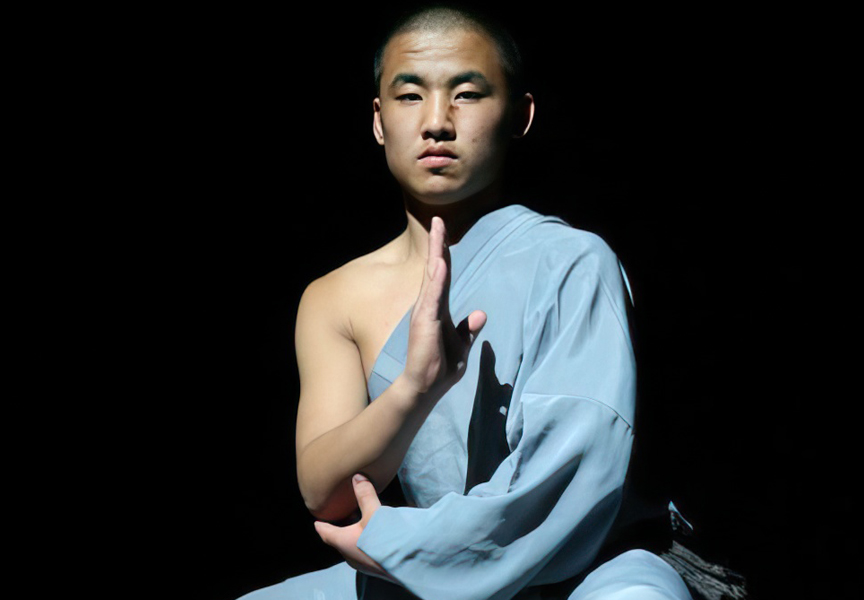
The Lost Art of Shaolin Monks In the annals of martial arts history, few names evoke as much reverence and fascination as Shaolin Kung Fu. Nestled amidst the mist-shrouded peaks of China, the Shaolin Monastery has long been revered as the cradle of martial arts mastery and spiritual enlightenment. Within its hallowed walls, generations of monks honed their bodies and minds, cultivating skills that transcended mere combat prowess. Among the…

